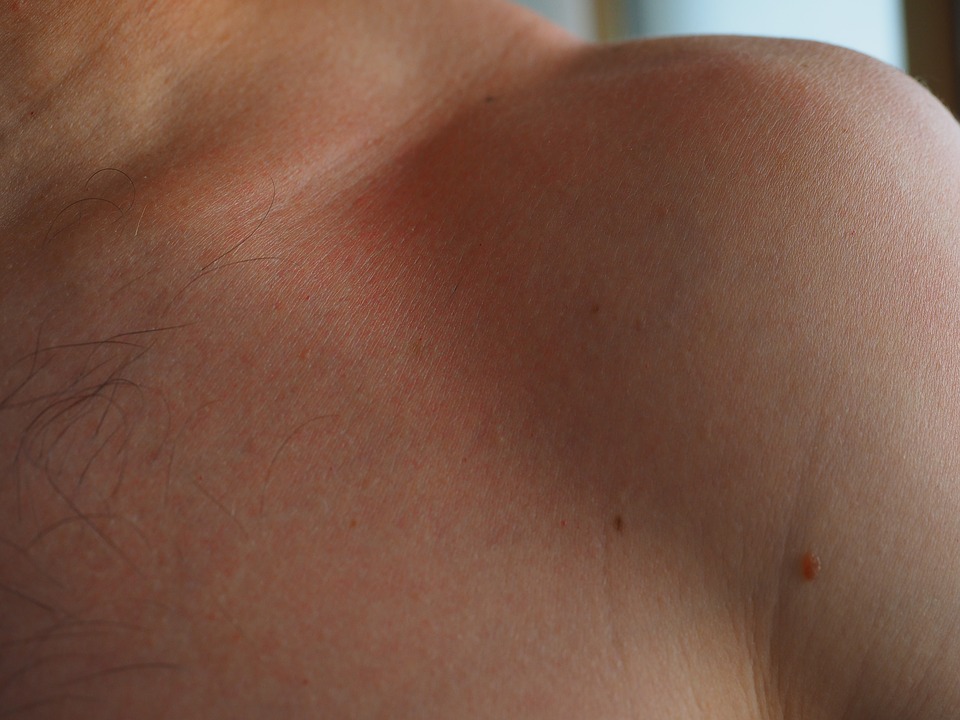One of the telltale signs of an allergic reaction is inflammation. When the lining of the nose swells, you get nasal congestion. When the throat swells, you get wheezing. When the skin swells, you get rashes such as eczema and hives.

(Pixabay / Hans)
Hives are one of the more common manifestations of allergy. They break out on the skin due to a contact allergy (a substance coming in direct contact with the skin), an environmental allergy (such as mold or pollen), a food allergy, or a pet allergy. Hives often show up immediately after an encounter with an allergen. They look like light red bumps on the skin. They can appear as small spots with a diameter of a pen or pencil or they can join together to form larger bumps, known as wheals or plaques. Hives are itchy and can also be slightly painful. They can occur anywhere on the body but are common around the face and neck.
Hives can be either acute or chronic:
- Acute hives, by definition, last for less than six weeks, but many cases flare up and disappear within a day.
- Chronic hives last for longer than six weeks or recur with regularity.
Hives are different than eczema. Eczema is characterized by rough, raised, pink patches on the skin. Hives are also distinct from another skin allergy manifestation known as angioedema. With hives, swelling occurs on the surface of the skin, but angioedema wells up in deeper skin layers.
Most people develop hives once or twice in a lifetime. If hives are acute, topical creams or antihistamines are usually enough to keep them under control. If hives are chronic, allergy immunotherapy can help recondition the immune system to stop reacting to allergens in a way that leads to hives.
Allergy immunotherapy is available for environmental and food allergy treatment. It can be administered through allergy shots or through sublingual immunotherapy (oral allergy drops). Physicians can prescribe sublingual immunotherapy or shots based on patients’ medical history and allergy test results. Treatment starts with a serum containing allergen extracts that can help desensitize patients to the allergens that stir up their symptoms.
They look like light red bumps on the skin. They can appear as small spots with a diameter of a pen or pencil or they can join together to form larger bumps, known as wheals or plaques. Hives are itchy and can also be slightly painful. They can occur anywhere on the body but are common around the face and neck.


